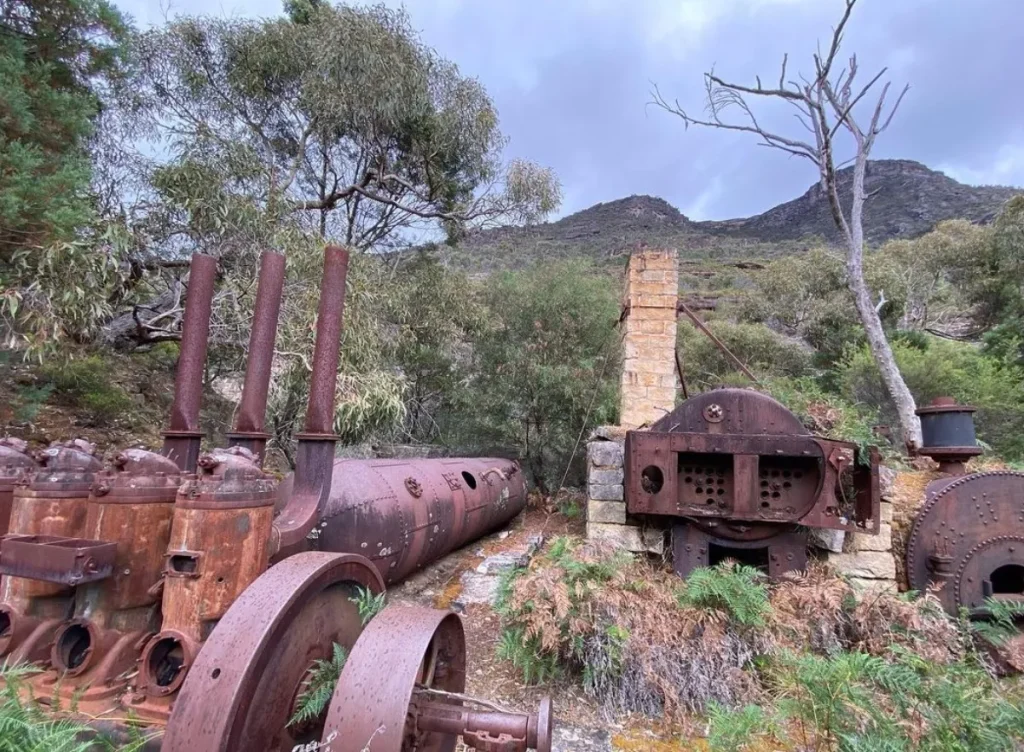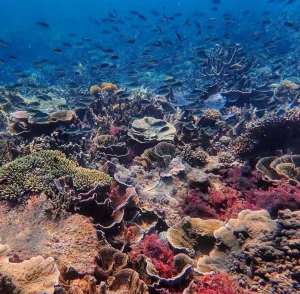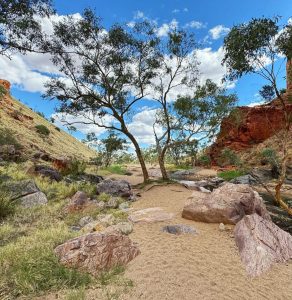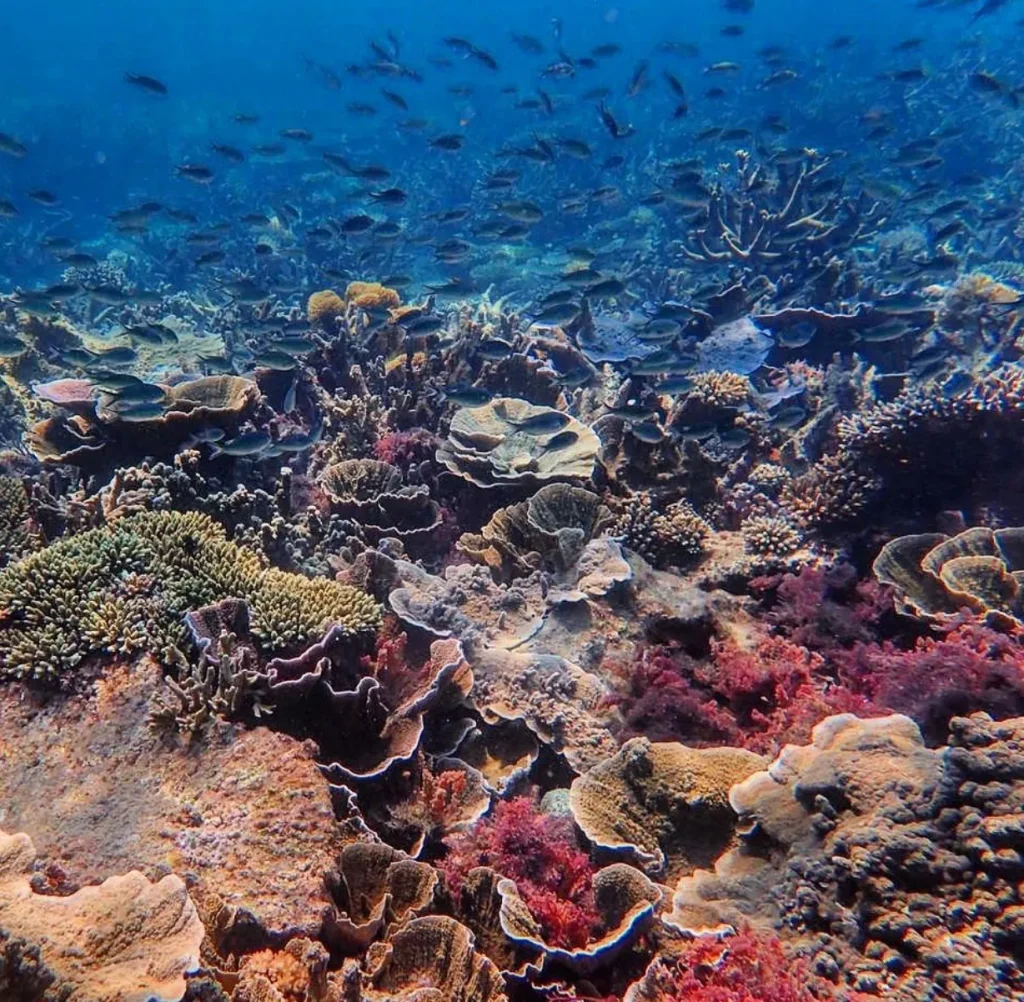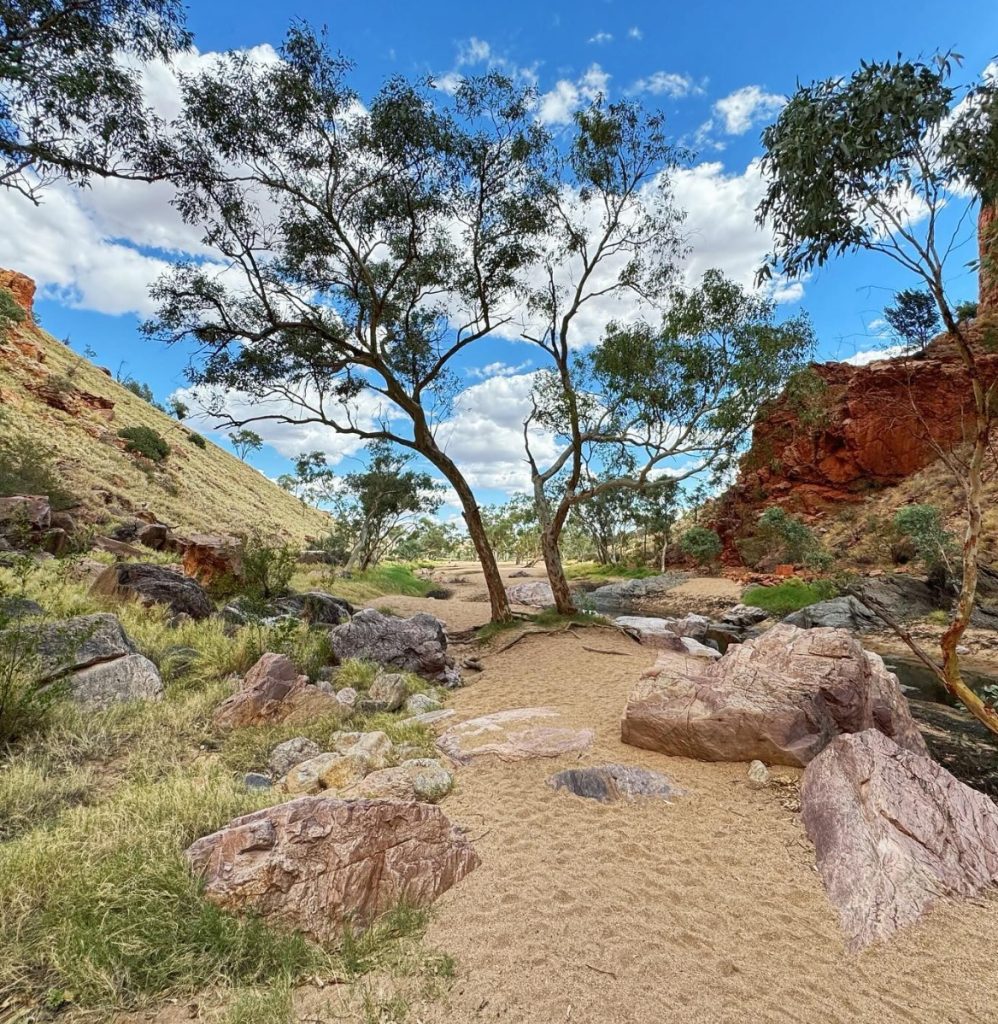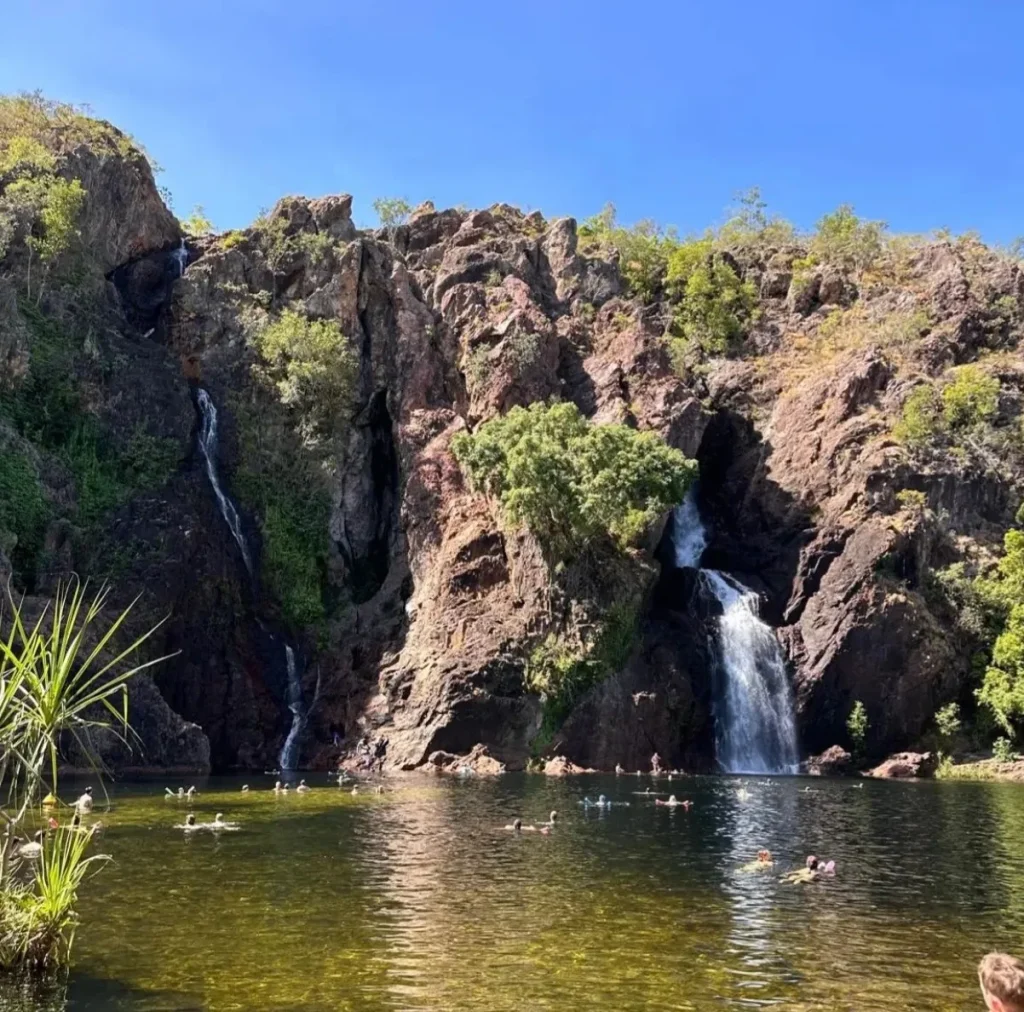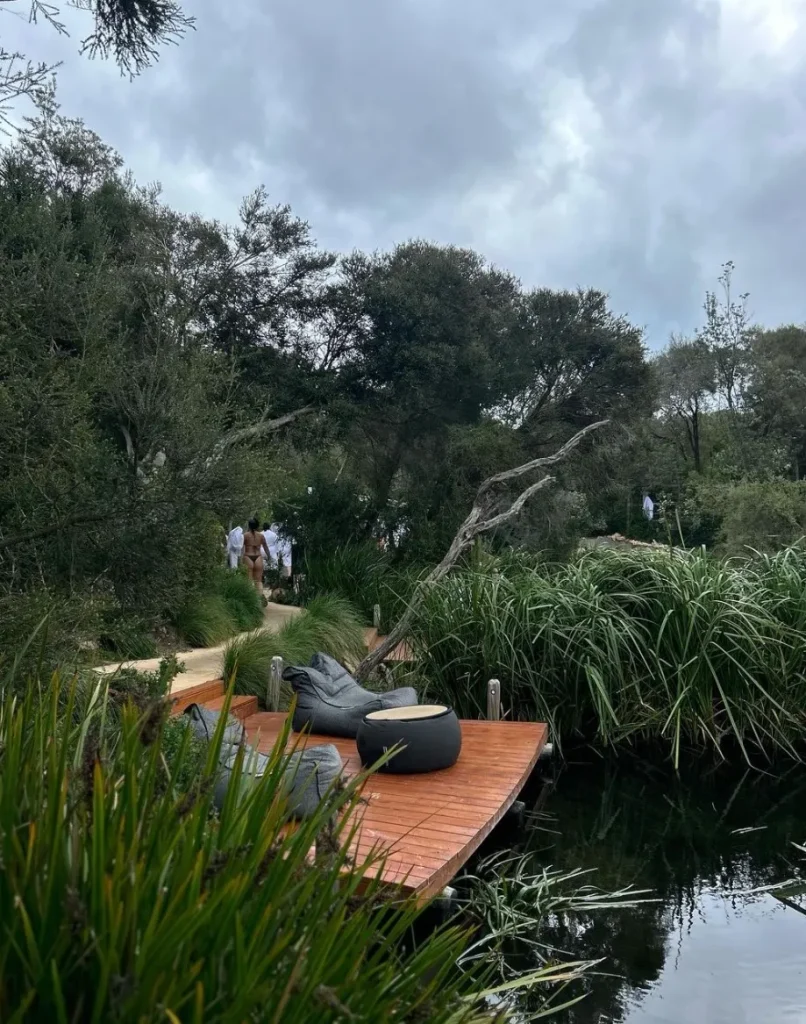The Grampians National Park in the heart of Victoria, Australia is famous for its scenery, views and waterfalls like Mackenzie Falls and Silverband Falls. While it’s a popular spot for hiking, rock climbing and nature based activities the Grampians is also a region steeped in history and culture so it’s a must see for history buffs. The Grampians offer a perfect blend of breathtaking natural beauty and rich cultural history, making it an ideal destination for both adventure seekers and history lovers alike.
Whether you’re doing a day trip from South Australia, visiting from Western Australia or planning a multi-day Grampians Tour, this guide will reveal the hidden historical gems that will make your trip even better. From ancient Aboriginal rock art to colonial history and World War II history, the Grampians have secrets that many visitors don’t know.
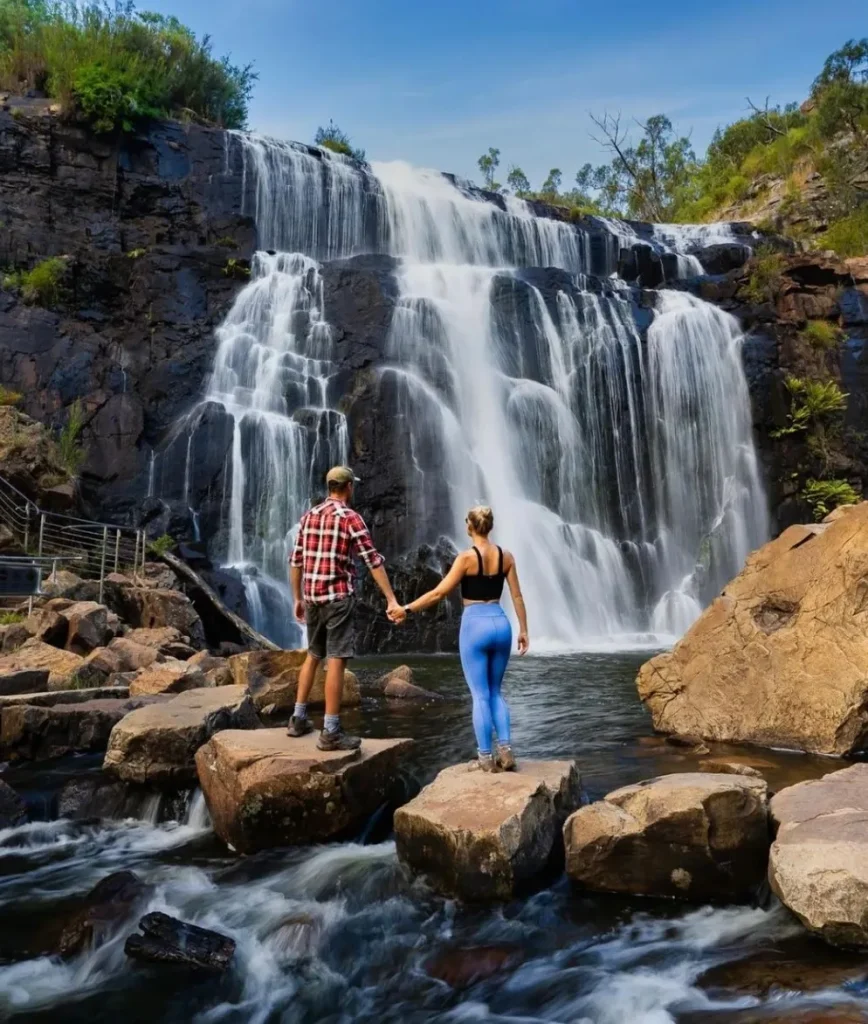
The Aboriginal Heritage of Gariwerd: A Cultural Legacy
The Grampians, or Gariwerd as it was traditionally known, is one of the most important cultural landscapes in Australia. For over 22,000 years, the Djab Wurrung and Jardwadjali people lived here. This is not just a National Park with green hills and views. It’s also dotted with hundreds of Aboriginal rock art sites that show their connection to the land.
The rock shelters, such as Billimina and Bunjil’s Shelter, have some of the best Aboriginal art in the country. Animals, humans and other symbols are depicted in the art and hold great spiritual meaning. Bunjil’s Shelter is a key site in Aboriginal mythology and represents Bunjil, the creator spirit. These sites, managed by Parks Victoria, are open to the public so history lovers can experience the cultural significance of the region.
Learn about the stories behind the art and the traditions and beliefs of the Djab Wurrung and Jardwadjali people that still exist today. Tours like Autopia Tours will tell you the stories and their significance to Aboriginal culture.
European Settlement and Colonial History
The Grampians’ history takes a big turn with the arrival of European settlers in the 1830s. Major Thomas Mitchell, an explorer, named the area “the Grampians” after a mountain range in Scotland. This was a big change from the original name, Gariwerd, and marked the beginning of a complex relationship between the settlers and the Indigenous population.
With the settlers came the roads, the settlements and later the Gold Rush of the 1850s. Halls Gap, now a tourist hot spot, was once a miners and farmers hub. Today Halls Gap still has that charm and is the perfect place to start your historical journey of the park. History buffs will love how old gold mining camps and colonial homesteads still remain in the area.
One of the landmarks is Heatherlie Quarry where sandstone was used to build some of Melbourne’s most famous buildings. This quarry is now a historical site managed by Parks Victoria and visitors can step back in time and imagine the hard work of the settlers. Exploring the area feels like an active journey into the past especially when combined with modern day tours.
World War II: The Grampians’ War Effort
While many people come to the Grampians for the views and rock climbing not everyone knows that this rugged landscape was used in World War II. Due to its tough terrain and remote location parts of the Grampians National Park was used as a military training ground. Soldiers prepared for war by navigating the challenging conditions of the area.
During this time, some areas of the park were closed to the public and became restricted military zones. The impact of this period is still visible in subtle ways, such as old roads and former training grounds throughout the park. Today, visitors can walk through these areas and unknowingly walk through a historic military site.
Waterfalls and Their History
The waterfalls in the Grampians, particularly Mackenzie Falls (also spelled McKenzie Falls), are not only beautiful natural features but also have historical significance. Mackenzie Falls, one of the largest and most popular waterfalls in Victoria, was named after Captain Mackenzie, an early settler in the area.
As one of the few waterfalls in the park that flows all year round, Mackenzie Falls has been an important site for both Indigenous peoples and European settlers. For the Djab Wurrung and Jardwadjali people, the surrounding land was a source of food, water and spiritual nourishment. For European settlers, it became a place of recreation and exploration. Today, visitors come to the falls to see the views and history.
Other waterfalls in the park include Silverband Falls, which played a similar role in settlement history and Indigenous life. While you’re enjoying the natural beauty, you can reflect that these places have been important for centuries.
Historical Landmarks and Secret Spots
Beyond the obvious natural stuff, the Grampians has heaps of historical landmarks and secret spots that tell the story of its past. Check out:
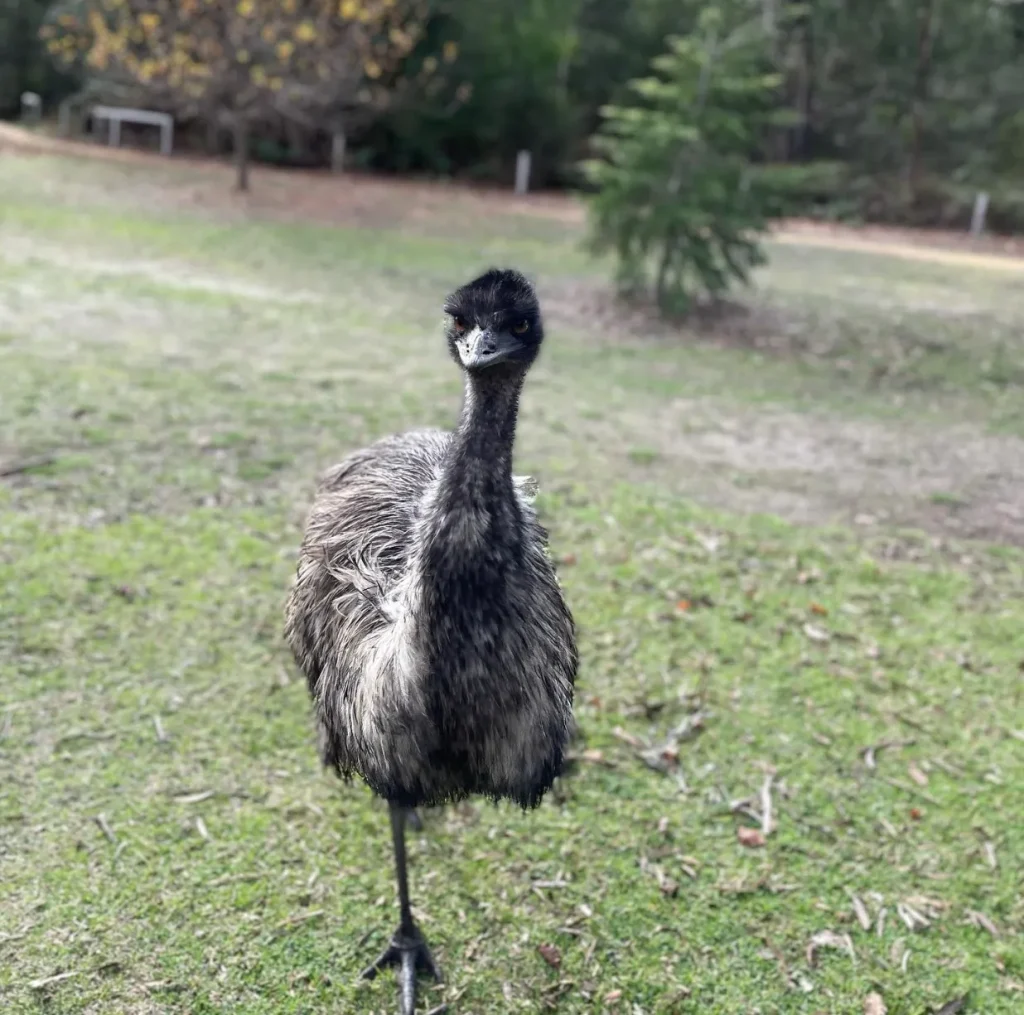
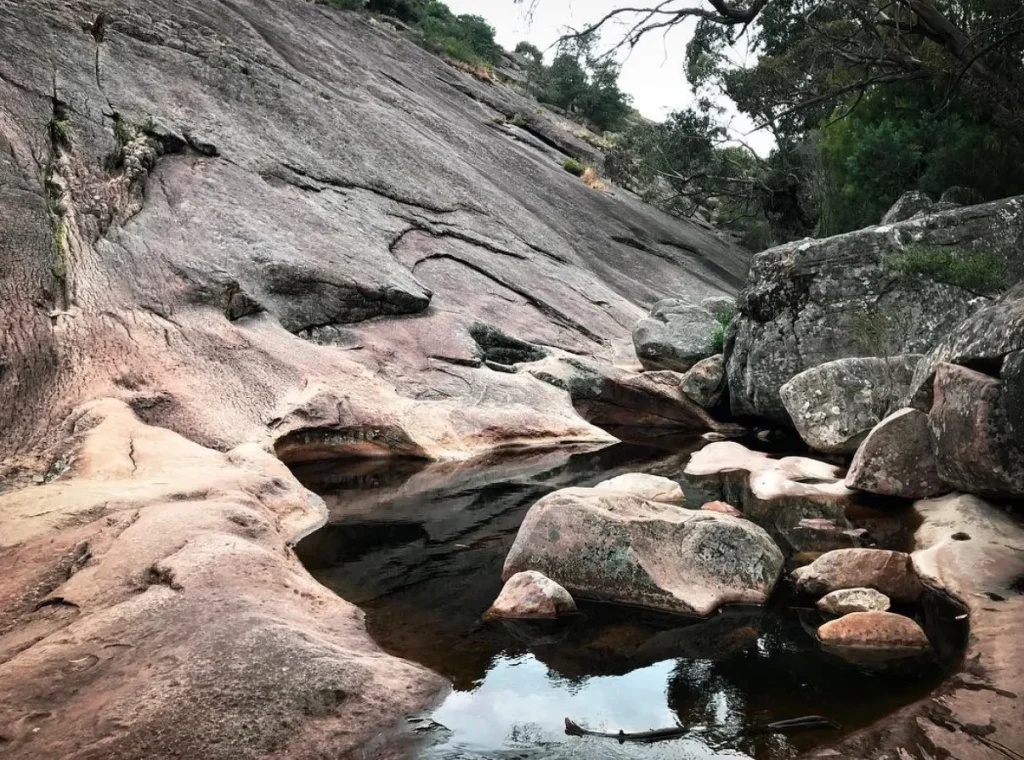
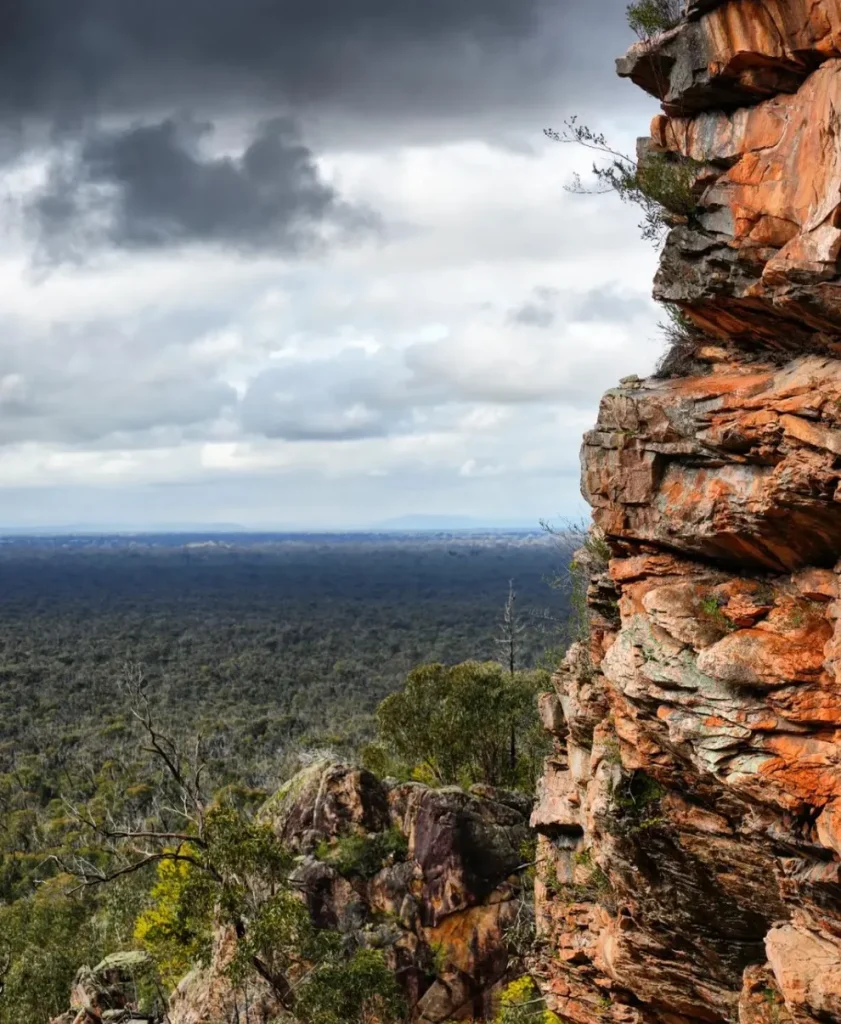
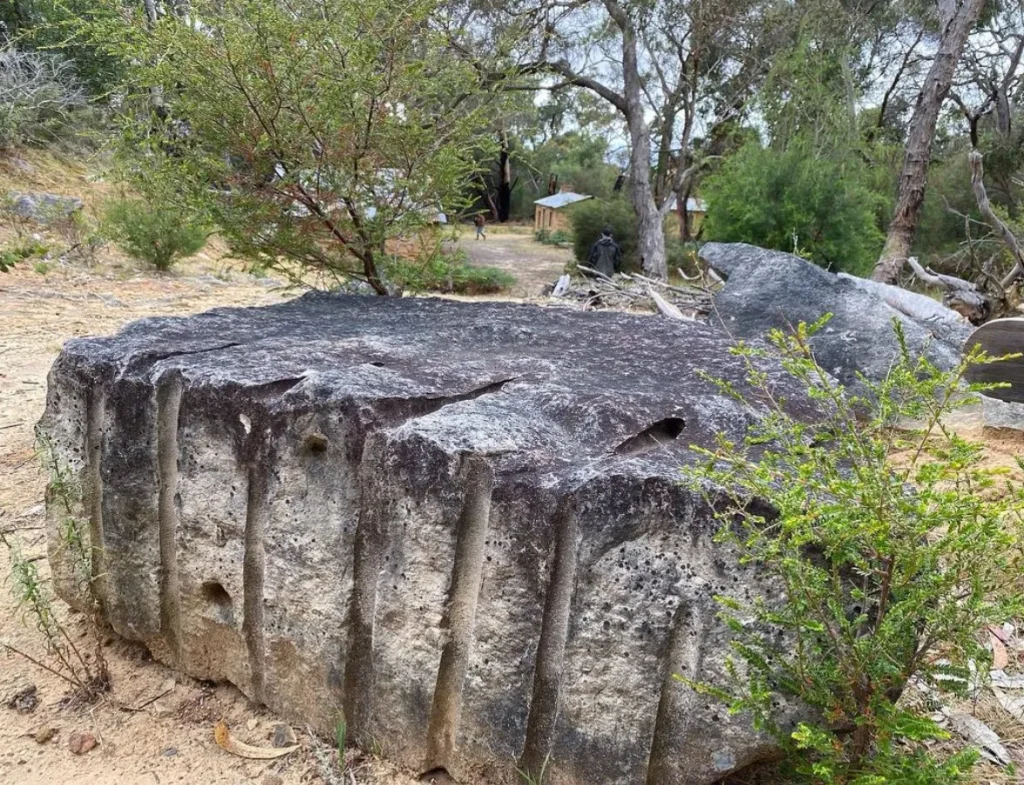
- Heatherlie Quarry: As mentioned earlier, this sandstone quarry was used to build many of Melbourne’s big buildings, including Parliament House.
- Zumsteins Picnic Area: Once a thriving settlement established by Walter Zumstein, a German immigrant, now a beautiful spot for visitors with remnants of the past still there.
- Golton Gorge: A scenic but lesser-known part of the Grampians where you can explore historical rock formations and remnants of old settlements.
- Venus Baths: A natural rock formation where early European settlers used to bathe and socialise.
These sites plus the Aboriginal history makes the Grampians a must visit for anyone who wants to get into the Australian story.

The Grampians National Park is more than just a nature lovers’ destination. It’s a place where history and culture meet landscape, and it’s the perfect place to explore Australia’s past. From Aboriginal heritage sites to colonial landmarks, the Grampians have a history around every corner. Whether you’re hiking the Grampians Peaks Trail, looking out at the views of Mackenzie Falls or walking through the green hills that were once walked by both Indigenous people and European settlers, you’re in a historic landscape.
FAQ
What’s the history behind Mackenzie Falls?
Mackenzie Falls (also known as McKenzie Falls) is one of the biggest and most famous waterfalls in the Grampians National Park. It was named after Captain Mackenzie, an early settler in the area and has cultural and historical significance to the Indigenous people who used the area for food.
Are there guided history tours in the Grampians?
Yes, several tour companies like Autopia Tours offer guided history tours that cover both the natural beauty and the rich history of the park. These tours often visit Aboriginal rock art sites, colonial landmarks and natural attractions like Mackenzie Falls and Golton Gorge.
What was the Grampians used for during World War II?
During World War II parts of the Grampians National Park were used as military training grounds. The park’s rugged terrain was used to simulate combat conditions. Many of these sites are still accessible today and add an extra layer of history to the park’s natural beauty.
How did the Gold Rush affect the Grampians?
The Gold Rush of the 1850s brought an influx of settlers to the area and the development of towns like Halls Gap. Remnants of old mining operations and settlements are still visible today so the Grampians is a must see for history buffs.
What are some of the hidden historical gems in the Grampians?
Apart from Mackenzie Falls and Halls Gap, history buffs should visit Heatherlie Quarry, Zumsteins Picnic Area and Venus Baths.
